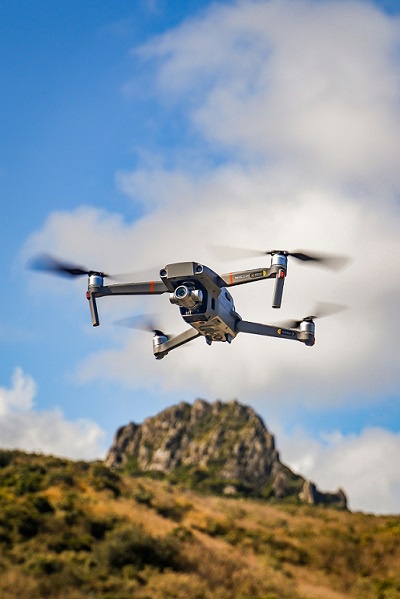Drones equipped with specialized motors have emerged as powerful tools for collecting data, conducting surveys, and protecting fragile ecosystems. From tracking wildlife populations to monitoring deforestation and illegal activities, drones play a crucial role in safeguarding the planet's natural resources.
Drone motors used in environmental monitoring and conservation applications are designed to operate efficiently and reliably in remote and challenging environments. These motors are typically brushless, offering high performance, low noise levels, and precise control, even in adverse weather conditions or rugged terrain.
Sales of drone motors accounted for nearly 3% in global commercial & consumer drone component market. North America Market Share expects a 29.7% share.
The role of drone motors in environmental monitoring extends beyond propulsion; they also power the onboard sensors, cameras, and communication systems that enable researchers and conservationists to gather valuable data and coordinate conservation efforts effectively. By equipping drones with high-resolution cameras, multispectral imaging systems, and GPS tracking capabilities, environmental monitoring teams can monitor habitat changes, detect environmental threats, and identify areas in need of protection.

One of the key advantages of using drones in environmental monitoring is their ability to access remote and inaccessible areas that are difficult or dangerous to reach using traditional methods. With the right combination of drone motors and flight controllers, environmental drones can fly at low altitudes, navigate tight spaces, and cover large areas quickly and efficiently, providing valuable insights into the health and status of ecosystems.
Drone motors also play a crucial role in enabling autonomous flight and mission planning, allowing environmental monitoring teams to focus on data analysis and interpretation rather than piloting the drone manually. By pre-programming flight paths and waypoints, environmental drones can conduct systematic surveys, collect consistent data, and provide actionable insights to support conservation efforts.
The demand for drone motors in environmental monitoring and conservation is driven by the growing need for effective tools to assess and protect natural resources in the face of increasing environmental threats. As researchers, conservationists, and government agencies seek innovative solutions to address challenges such as habitat loss, biodiversity decline, and climate change, drones equipped with advanced motors and sensor payloads have become indispensable assets in their arsenal.
Looking ahead, we can expect to see continued innovation in drone motor technology, with manufacturers developing lighter, more efficient motors that offer enhanced performance and reliability. As the adoption of drones in environmental monitoring and conservation continues to grow, the demand for specialized motors tailored to the unique requirements of environmental missions will only continue to increase, driving advancements in both drone technology and conservation practices.
More Related Reports
Drone Accessories Market Analysis
Study on Drone Batteries in East Asia


No comments yet